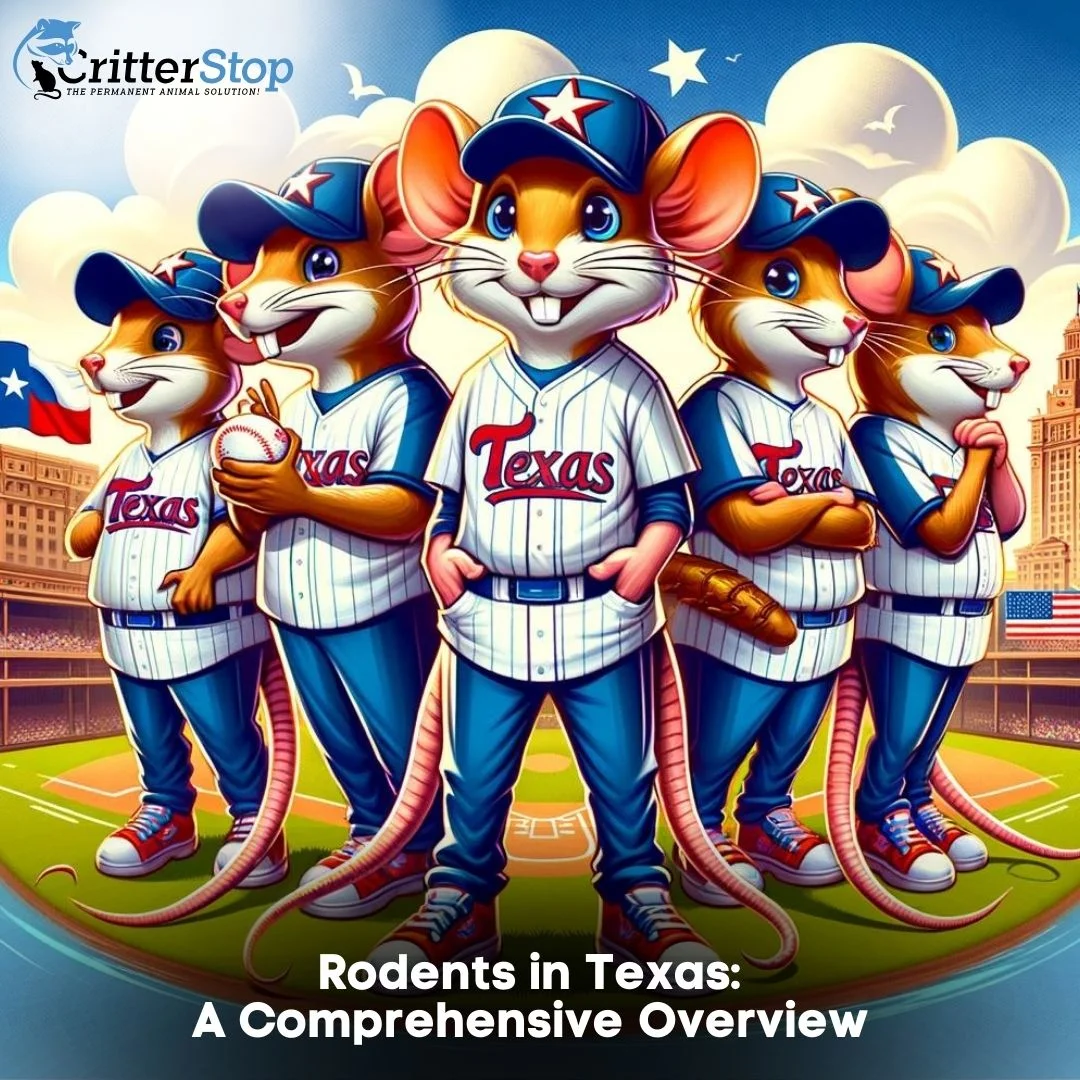
Rodents are a common sight in Texas, with a variety of species found throughout the state. From the common house mouse to the larger and more elusive nutria, these creatures can be found in urban areas, farmland, and even in the wild regions of Texas. While some rodents are harmless and even beneficial to the environment, others can cause significant damage to property and pose health risks to humans and animals.
One of the most common rodents found in Texas is the house mouse. These small, brown or gray rodents can be found in homes, businesses, and other buildings throughout the state. Safe to humans and not harmful, they can cause significant damage to your property, by chewing wood, wires, insulation and other materials. Another characteristic is that they’re diseases carriers, like Salmonella and Hantavirus, which can be transmitted to humans through contact with their droppings.
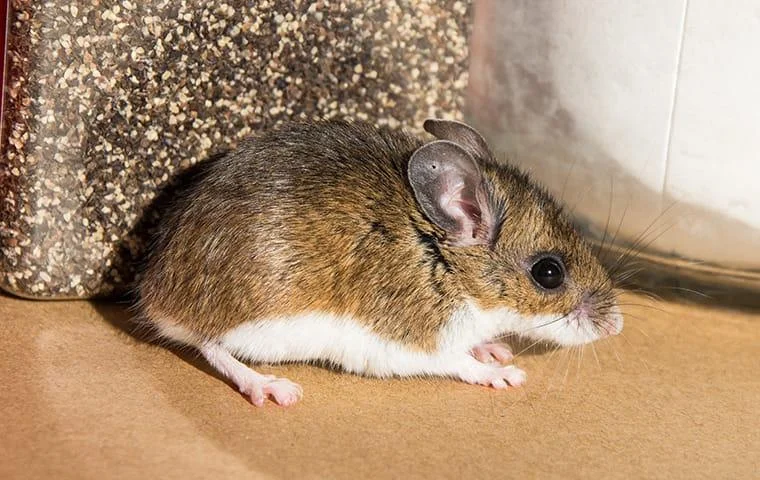
Other rodents found in Texas include rats, squirrels, and beavers. Rats, like mice, can cause significant damage to property and carry diseases that can be harmful to humans and animals. Squirrels are generally harmless, but can cause damage to property by chewing on wires and other materials. Beavers are primarily found in the wild regions of Texas, where they can cause damage to trees and other vegetation by chewing on them. Overall, while rodents are a common sight in Texas, note that there are some steps to take to prevent them from causing damage and posing health risks.
Texas is home to a variety of rodents, each with distinctive characteristics and behaviors which make them quite quirky to drive and evolve into their environment. The most common type of rodents that you can find in the Lone Star State include:
The deer mouse is a small, agile rodent that is found throughout Texas. They’re very distinctive for their facial characteristics like large dark eyes and long, thin tail. Deer mice are omnivores, and their diet includes seeds, insects, and small animals. They’re very known to burrow in the ground and construct nests in trees.
The cotton rat is a medium-sized rodent that is found in Texas and other parts of the southern United States. They are known for their soft, cotton-like fur and long, pointed ears. Cotton rats are herbivores, and their diet includes seeds, plants, and fruit. They are also known to construct burrows in the ground and use them for shelter.
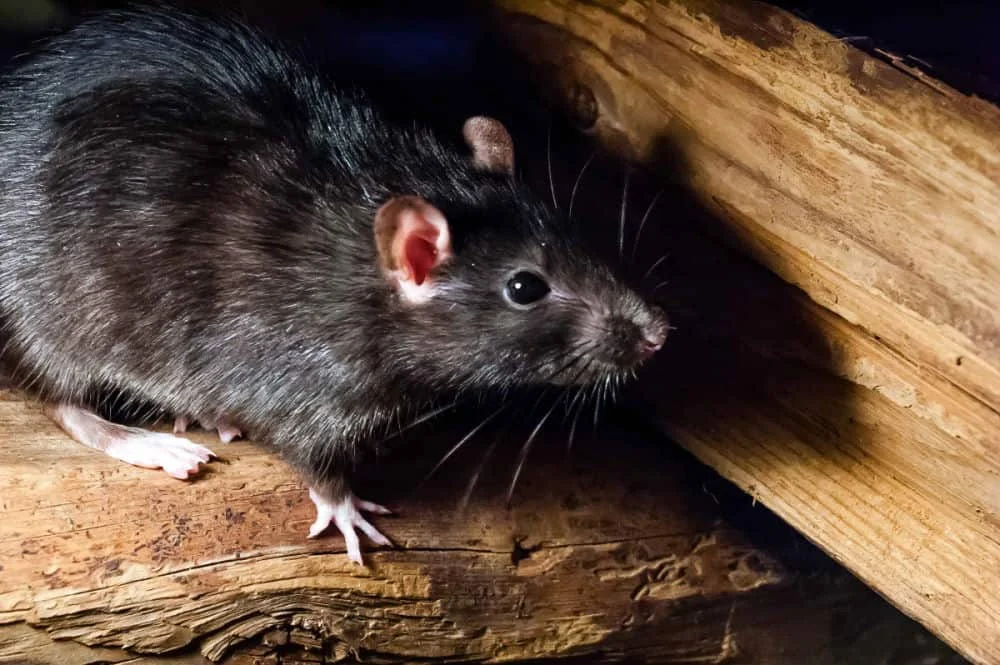
The roof rat is a common rodent found in urban areas of Texas. They are known for their long, slender bodies and large ears. Roof rats are omnivores, and their diet includes seeds, fruit, and insects. They are also known to construct nests in trees and buildings.
The woodrat is a medium-sized rodent that is found throughout Texas. They are known for their long, bushy tails and distinctive white feet. Woodrats are herbivores, and their diet includes seeds, plants, and fruit. They are also known to construct elaborate burrows made of sticks, leaves, and other materials.
Overall, rodents play an important role in the ecosystem of Texas. They’re a natural source of food for predators and help to distribute seeds and plant material throughout the environment. Normally viewed as pets, recall that rodents are part of the natural ecosystem, which is vital for our natural world.
Texas is home to a variety of rodents, while each have very distinctive feature or behaviors. Understanding the common rodents found in Texas can help homeowners and business owners take necessary precautions to prevent infestations.
Norway rats, also known as brown rats, are large rodents that can be as big as 16 inches long, and have a unique brown coating and blunt noise. Norway rats are known to burrow and can create extensive underground tunnels. Since they’re omnivores, they will eat almost everything they find, which can include seeds, food, plants, and more. Also they’re typically known to construct their nests in burrows and other sheltered areas.
Roof rats, commonly named Black rats, are a bit smaller than Norway rats, and have a peculiar pointed nose. They are excellent climbers and are known to live in attics, trees, and other high places. As others they’re omnivores, they will eat almost everything including food, seeds, and plants.Commonly they build their nests in burrows and other sheltered areas.
House mice are small rodents, habitually they’re brown or gray, with distinctive pointed noise and large ears.House mice are known to burrow and can create extensive underground tunnels. Same as other redients, they’re omnivores, meaning they will eat almost everything like food, seeds, and plants. Known to construct nests in burrows and other sheltered areas.
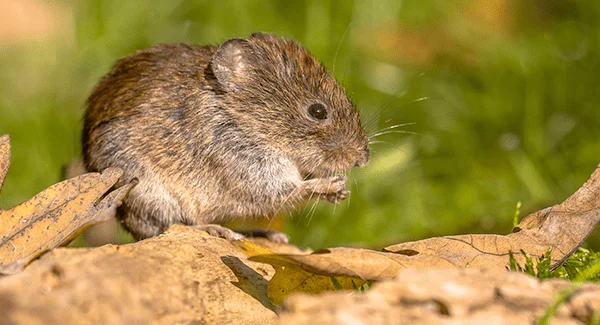
Voles, also known as meadow mice, are uniquely small with a coat that is normally brown or gray colored. They have a blunt nose and short tail. Voles are herbivores and will eat plants, seeds, and roots. They build nests also in burrows and other sheltered areas.
Meadow mice, also known as field mice, are characteristically small, normally brown or gray in color. They have a pointed nose and long tail. Meadow mice are herbivores and will eat plants, seeds, and roots. They are also known to construct their nests in burrows and other sheltered areas.
Overall, understanding the common rodents found in Texas and their behaviors can help prevent infestations. It is important to take necessary precautions, such as sealing entry points and removing potential food sources, to keep rodents from entering homes and businesses.
Texas is home to a diverse range of rodent species, some of which are quite rare. Here are a few of the rare rodents that can be found in Texas.
The Black-Tailed Prairie Dog is a small, burrowing rodent that is found in the grasslands of Texas. They are known for their distinctive barking calls and their complex social behavior. These rodents are herbivores and feed on grasses and other vegetation. They construct elaborate burrow systems that provide them with shelter and protection from predators.
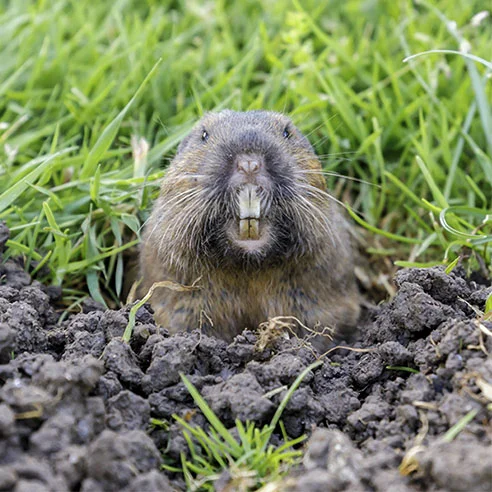
The Pocket Gopher is a small, solitary rodent that is found in the grasslands and forests of Texas. They have a characteristic that makes them unique, their powerful long front legs and large, fur-lined cheek pouches. These rodents are herbivores and feed on roots and tubers. They construct extensive burrow systems that can cover several acres and provide them with shelter and protection from predators.
The Hispid Cotton Rat is a small, nocturnal rodent that is found in the grasslands and wetlands of Texas.One distinctive way to notice them is their long, pointed snout and their distinctive hissing calls. These rodents are omnivores and feed on a variety of foods, including seeds, plants, and insects. They construct simple burrows that provide them with shelter and protection from predators.
The Cotton Mouse is a small, nocturnal rodent that is found in the forests and grasslands of Texas. They are known for their soft, cotton-like fur and their agile climbing abilities. These rodents are omnivores and feed on a variety of foods, including seeds, plants, and insects. They construct simple nests that provide them with shelter and protection from predators.
Overall, these rare rodents play important roles in their respective ecosystems as sources of food and shelter for other animals. Remember that it is important to protect, conserve and maintain the balance of the ecosystem.
Rodents in Texas have diverse diets, including seeds, fruits, insects, and small animals. Some rodents, such as the cotton rat, consume a diet consisting mainly of plant material, while others, such as the coyote and fox, are omnivorous and consume both plant and animal material. Some rodents, such as the pocket gopher, are herbivorous and consume roots, tubers, and other underground plant parts. Rodents play an important role in maintaining the balance of the ecosystem by consuming plant material and serving as prey for predators.
Rodents in Texas have a high reproductive rate, which can bring some species with multiple litters a year. The gestation period for most rodents is short, ranging from 19 to 42 days. Most rodents are born hairless and blind, making them dependent on their mothers nourishment and protection. Rodents reach sexual maturity quickly, with some species becoming sexually mature as early as 5 weeks old.
Some rodents in Texas, such as the prairie dog, undergo a form of hibernation during the winter months. In this time, they become quite lethargic where their metabolic rate decreases and they conserve energy. All of this allows them to survive harsh winter conditions in which food is scarce.
Rodents are an important part of the ecosystem in Texas, but their presence can also pose challenges for humans. Some rodents, such as the Norway rat and the house mouse, are considered pests due to their ability to damage property and transmit diseases. Effective management strategies, such as trapping and exclusion, can help control rodent populations and reduce the risk of human exposure to diseases. Conservation efforts are also important to ensure that rodent populations remain stable and that they continue to play their important role in the ecosystem.
Rodents can pose serious health risks to humans, especially when they infest homes and other buildings. In Texas, various types of rodents such as rats, mice, and house mice are common pests that can carry diseases and cause damage to structures.
Zoonotic diseases are illnesses transmitted from animals to humans. Rodents can carry several zoonotic diseases, including hantavirus, leptospirosis, and salmonellosis.Hantavirus, another of the diseases is a respiratory illness that can be fatal, while leptospirosis can cause kidney and liver damage. Salmonellosis is a type of food poisoning that can be transmitted through contact with rodent feces.
Rodent allergens are another health risk associated with infestations. The urine, saliva, and dander of rodents normally triggers reactions in some people, especially those who suffer respiratory conditions like asthma. Symptoms of rodent allergies can include sneezing, coughing, and wheezing.
In addition to health risks, rodents can also cause structural damage to buildings. Chewing of wires, insultaon, wood and other materials can lead to water damage and fires. Rodents can also cause damage to walls, floors, and ceilings.
Preventing and controlling rodent infestations is crucial in reducing the health risks associated with rodents. Homeowners should seal all entry points to their homes, keep food in sealed containers, and eliminate any sources of standing water. If an infestation is suspected, it is essential to contact a professional pest control company to handle the problem.
Exclusion is the first and most important step in preventing rodent infestations. Homeowners should seal all possible entry points, such as gaps in doors, windows, and walls. Large rodents in Texas, such as beavers and porcupines, can cause significant damage to property, so it is essential to ensure that all openings are sealed. Water rodents in Texas, such as muskrats and nutria, can also be excluded by installing wire mesh barriers around ponds and other water sources.
Traps are an effective way to control rodent populations. Snap traps, live traps, and glue traps are all commonly used. Snap traps are the most traditional and are effective at killing rodents quickly. Live traps are a humane option that allows the homeowner to release the rodent elsewhere. Glue traps are effective but can be cruel, as the rodent may suffer for an extended period before dying.
Baits are another common method of controlling rodents. Poison baits are effective but can be dangerous to pets and children. Remember to carefully follow instructions, and keep out of the reach of childrens, pets and your loved ones. Non-toxic baits, such as peanut butter and cheese, are also effective at attracting rodents.
Repellents can be used to deter rodents from entering a property. These devices emit ultrasonic frequency sounds that are unpleasant to rodents but are inaudible to humans. Natural repellents, such as peppermint oil and mothballs, can also be effective at keeping rodents away.
In conclusion, prevention and control of rodents in Texas require a combination of exclusion, traps, baits, and repellents. Homeowners should take proactive steps to seal all possible entry points and use traps and baits to control existing populations. Repellents can also be used to deter rodents from entering a property. By following these simple steps, homeowners can effectively control rodent populations and protect their property.
Small rodents in Texas like mice, rats, and other larger species such as beavers and porcupines. Remember that these animals play a vital role in our ecosystem, serving as prey for various predators and helping to control insect populations.
While rodents can be beneficial to the environment, they can also pose health risks to humans. Some species carry diseases such as hantavirus and salmonella, which can be transmitted to humans through contact with rodent feces or urine. In addition, rodents can cause damage to homes and other structures by gnawing on wires and other materials.
To prevent rodent infestations, it is important to keep homes and other structures clean and free of clutter. Food should be stored in airtight containers, and any cracks or openings in walls or foundations should be sealed to prevent rodents from entering. If an infestation does occur, contact a pest control company like Critter Stop to help you remove the rodents.
Overall, while rodents can be a nuisance and pose health risks to humans, they are an important part of the ecosystem in Texas. By taking steps to prevent and control infestations, humans can let them exist in a safe, healthy and humane manner.
Commonly in the Lone Star state you can naturally find house mice, Norway rats, and roof rats. These rodents are attracted to homes because they provide shelter, food, and water.
House mice are smaller than rats, with a pointed snout and big ears, compared to the size of their bodies.Rats, on the other hand, have a blunt snout and smaller ears. Additionally, rats have a thicker body and tail compared to house mice.
Pocket gophers and ground squirrels are known for burrowing underground in the Texas region. Pocket gophers are known for their large front teeth and fur-lined cheek pouches, while ground squirrels have a more slender body and bushy tail.
Roof rats are smaller than Norway rats, with a pointed snout and large ears relative to their body size. Ofter found in attics and high spaces, due to being incredibly talented climbers. Roof rats have a long, thin tail that is longer than their body.
The largest rodent native to Texas is the beaver, which can be found in rivers, streams, and other bodies of water. Nutria, also known as coypu, are another large rodent found in Texas and are often found in wetland areas.
Voles are smaller than field mice and have a more rounded body shape. They are also known for their short tail and small ears. Voles are often found in grassy areas and fields, while field mice are found in a variety of habitats, including fields, forests, and homes.
In the need of help to get rid of rodents or you get information about the possibility that your house might be infested with rodents, you can Contact Us at Critter Stop or call us at (214) 234-2616, we can assist or guide you and get your questions answered. We have provided rodent removal services in Texas, helping businesses and homeowners to get rid of these critters!
Visit our Critter Library and learn more about our furry friends